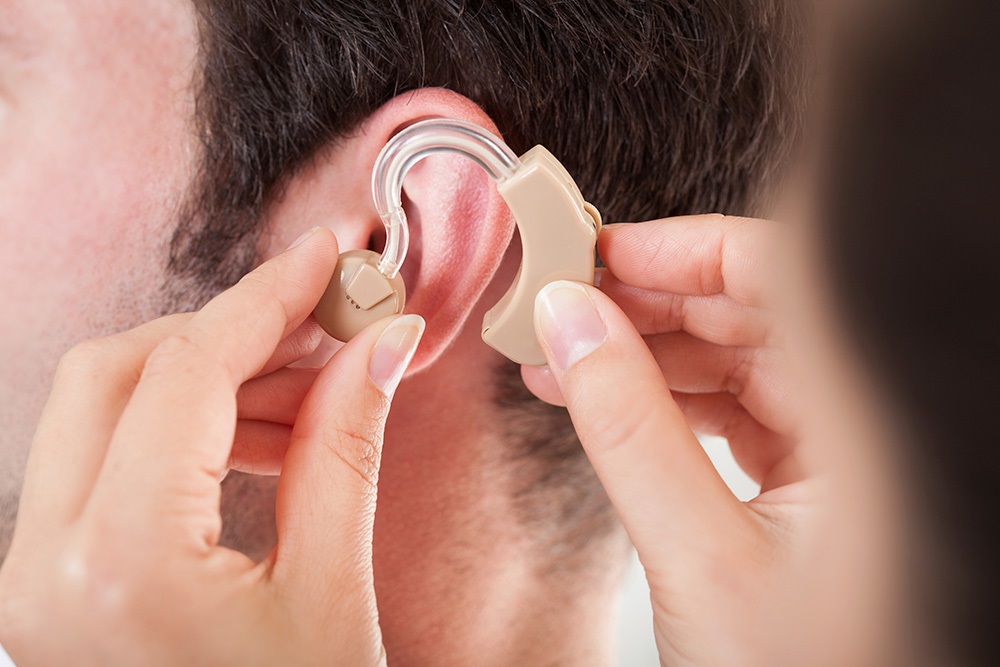
An overview of auditory processing disorder
There’s a mélange of hearing ailments such as Acoustic neuroma and Presbycusis with various health ramifications. Auditory processing disorder is relatively milder and affects about 5% of school-going children. It stymies hearing to a substantial degree, to the point where certain words sound muffled. This is due to the lack of coordination between the ear and the brain.
They struggle to grasp words with minor differences in sound. For example, “cow” may end up sounding like “clown”. This can affect people of all ages. However, the symptoms begin developing early on during childhood. As evidenced in the past, boys have a notably higher chance of becoming affected, as compared to girls. Hearing impairment will significantly impact their learning abilities, causing a delay in day-to-day education. Children with APD require extra care and attention from school. Medical clinics like Audiologie Centre-Ouest target many forms of hearing illnesses.
APD is often associated with other disorders like ADHD and Dyslexia. They are brain-based learning disabilities that make it twice as hard to comprehend words, read or decode vocabulary. AHDH victims suffer from a lack of attention, focus, and self-control.
Numerous symptoms are associated with Auditory processing disorder like:
- They have trouble remembering information or decrypting data that is given to them vocally.
- They struggle with reading, word spelling or even writing. They’re known to lag behind in academic performance.
- Difficulty in grasping abstract concepts
- They’re the last to get a joke
- Unable to follow conversations
- Disability to detect where a sound came from
- Can’t focus on music
- They cannot remember a series of instructions
Treatment plan
As with many medical illnesses, there are several tactical strategies to help deal with APD.
Auditory training is one of them. Children are asked to participate in a wide range of special activities that gradually train the brain to analyze sound. Your audiologist may suggest a few fun exercises to help you get started. Children are asked to identify sounds and gauge where it’s coming from.
This can be imparted through co-curricular activities or games.
Certain changes need to be incorporated in schools and homes as well. For instance, houses must be furnished with carpets and soft furnishings. Scarcely decorated rooms will notably affect the acoustics, causing further trouble with identifying sounds. Also, abridging sentences go a long way in helping them understand better. Try and block out any unnecessary sounds from the radio and T.V.



